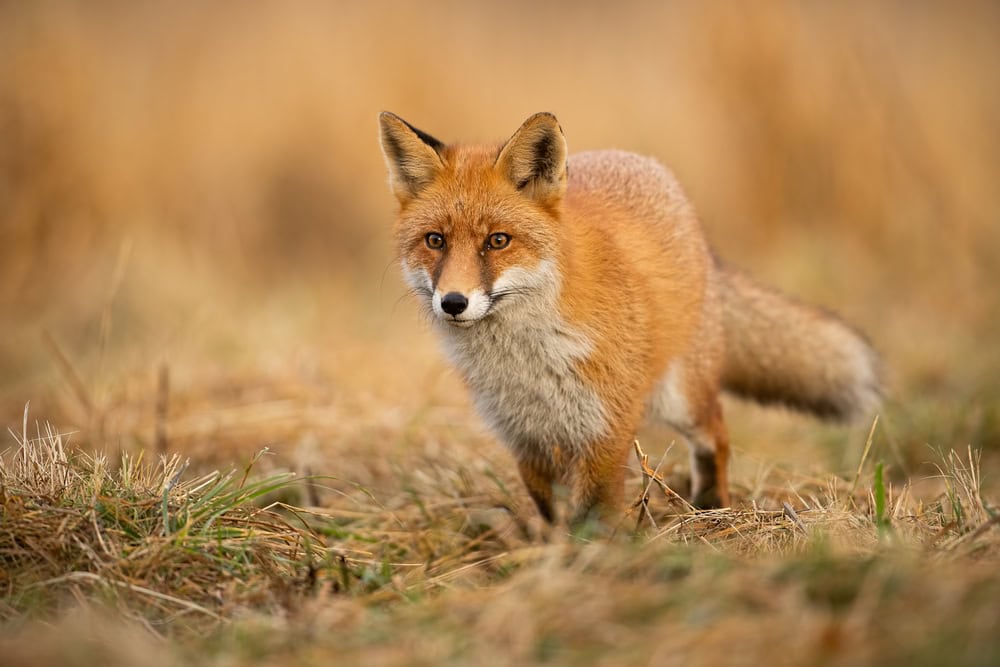Finding prey in complete darkness poses a challenge for many animals, yet some fascinating predators have evolved unique ways to thrive in the blackest night. From the deep ocean to dense forests, these creatures use their extraordinary adaptations to turn the dark to their advantage. This article explores 15 unusual predators that demonstrate the remarkable ways nature has devised for hunting when light is scarce.
15. The Silent Owl
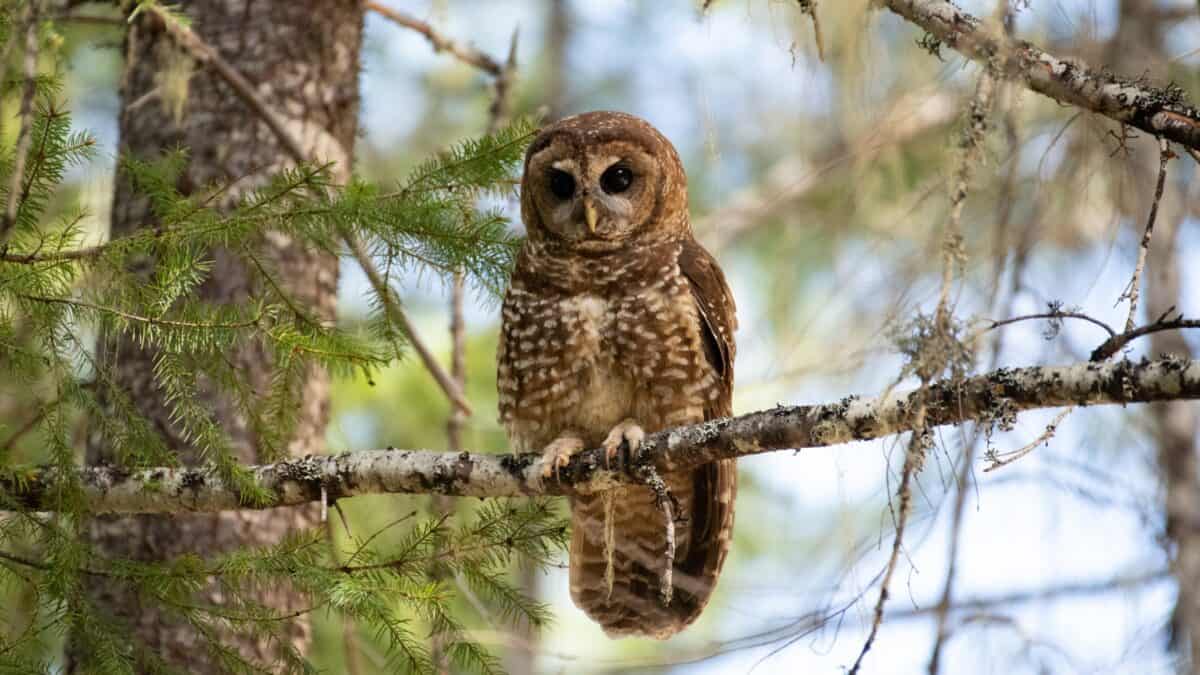
Owls are synonymous with nighttime hunting. With their excellent night vision and silent flight, these birds of prey epitomize stealth. Their large eyes, adapted for low light, and acute hearing allow them to locate prey precisely, even in total darkness. The varied diet of owls, from small mammals to insects, illustrates their adaptable predatory skills.
14. The Cunning Fox

Foxes employ a mix of strategy and physical adaptation to hunt after the sun has set. Red foxes, in particular, use their acute hearing and fast reflexes to track and pounce on prey lurking in the night shadows. They are known to listen intently to pinpoint the location of small rodents underground or beneath snow.
13. The Elusive Jaguar
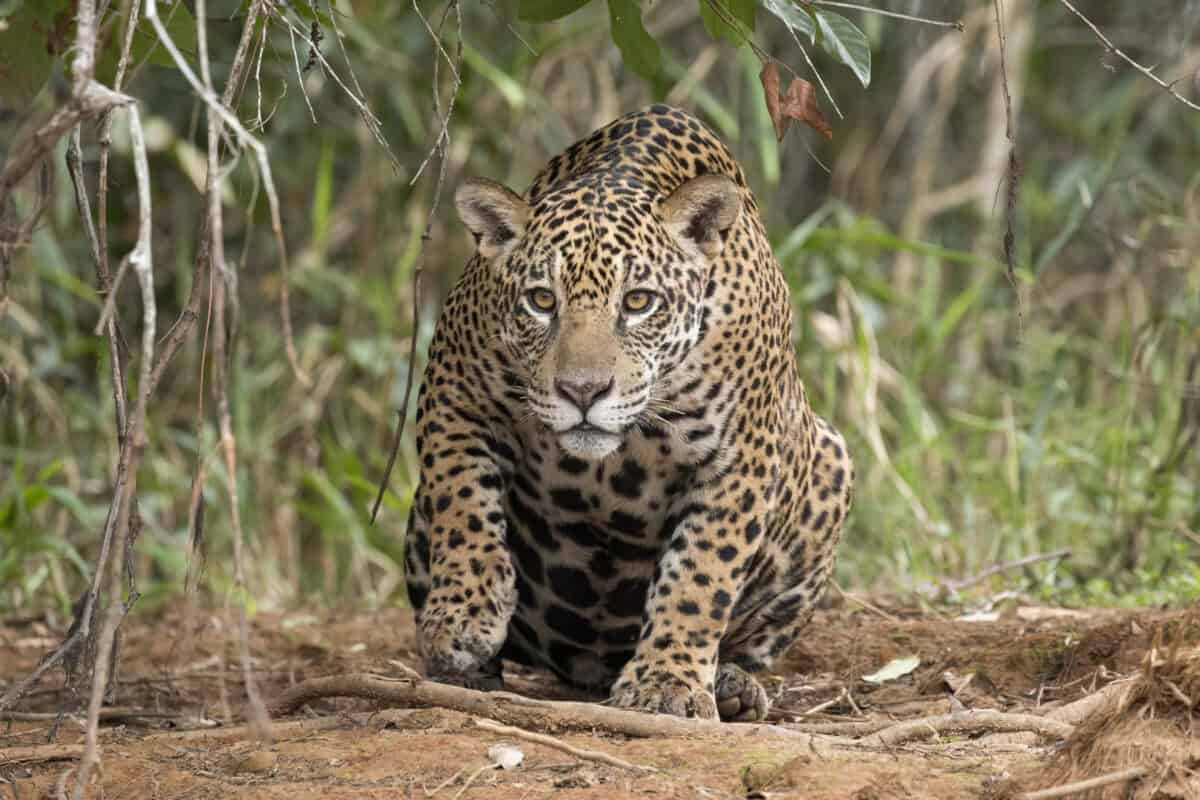
The jaguar is a powerful predator that often prefers hunting at night. Its night vision is highly developed, allowing it to stalk silently through the dense foliage of Central and South American rainforests. Jaguars are unique as they are apex predators capable of taking down larger prey, yet they move with astonishing stealth.
12. The Patient Alligator

Mostly active during the night, alligators are ambush predators of the waterways. Their stealthy approach involves lying in wait for unsuspecting prey to venture close. Alligators have sensory pits on their jaws that can detect minute vibrations in the water, aiding them in detecting prey even in pitch darkness.
11. The Crafty Fishing Cat

In the wetlands of Southeast Asia, the fishing cat prowls at night. This feline is an excellent swimmer and diver, catching fish and other aquatic creatures under the cover of darkness. Its partially webbed feet and strong claws make it adept at navigating and hunting in watery environments.
10. The Luminous Anglerfish
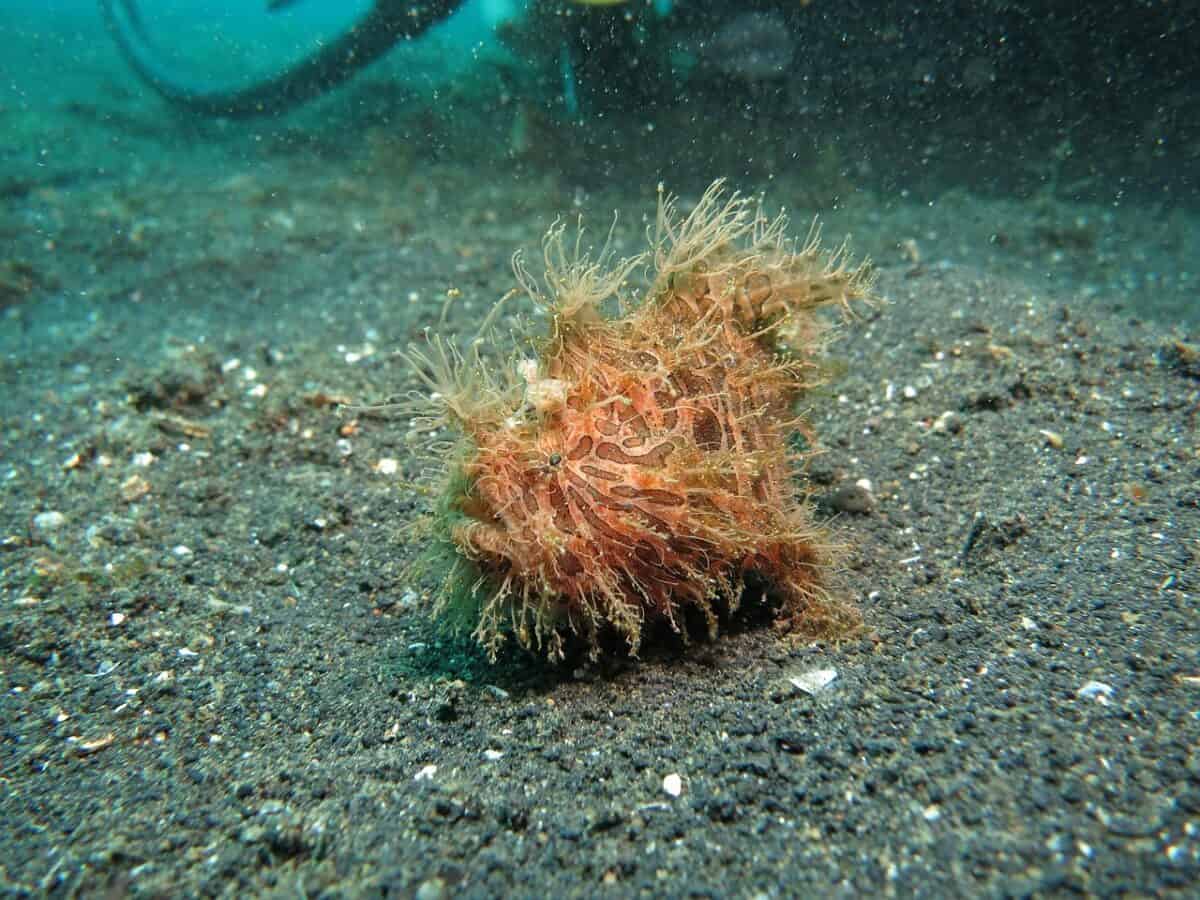
In the pitch-black depths of the ocean, the anglerfish lures its prey using a bioluminescent appendage on its head. This fascinating predator uses light to attract other creatures close enough to snatch them up with its oversized mouth lined with sharp teeth.
9. The Accurate Barn Owl

The barn owl, with its heart-shaped face, is renowned for its hunting prowess. It has specialized ears and extraordinary hearing capabilities, allowing it to hunt small mammals efficiently in the dark. Barn owls can pinpoint prey’s location based solely on sound, a pivotal skill for nocturnal predators.
8. The Versatile Raccoon

Raccoons are opportunistic foragers and predators, showcasing their adaptability during nighttime. Their dexterous front paws and sensitive whiskers help them explore and manipulate their environment to capture diverse prey ranging from insects to small vertebrates.
7. The Crafty Snow Leopard

Inhabiting the harsh landscapes of Central Asia, the snow leopard utilizes the cover of night to hunt. With powerful leg muscles and a thick coat that camouflages against rocky terrain, these big cats stalk and surprise their prey, often during the low-light conditions of dusk and dawn.
6. The Specialized Aye-Aye
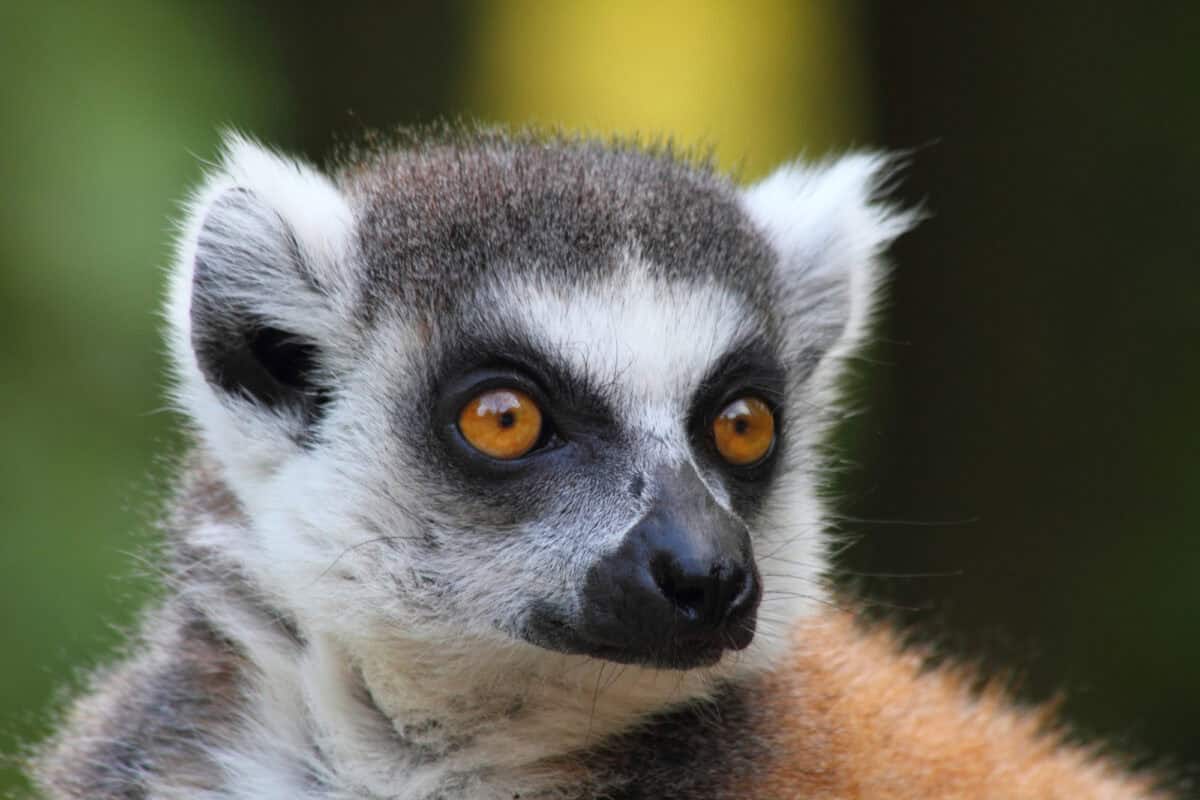
The nocturnal aye-aye of Madagascar employs a unique method to locate prey. Tapping on trees with its elongated middle finger, it listens for the sound of insects hiding inside. This distinctive adaptation allows the aye-aye to hunt effectively in the dark, feeding primarily on insect larvae.
5. The Agile Fruit Bat
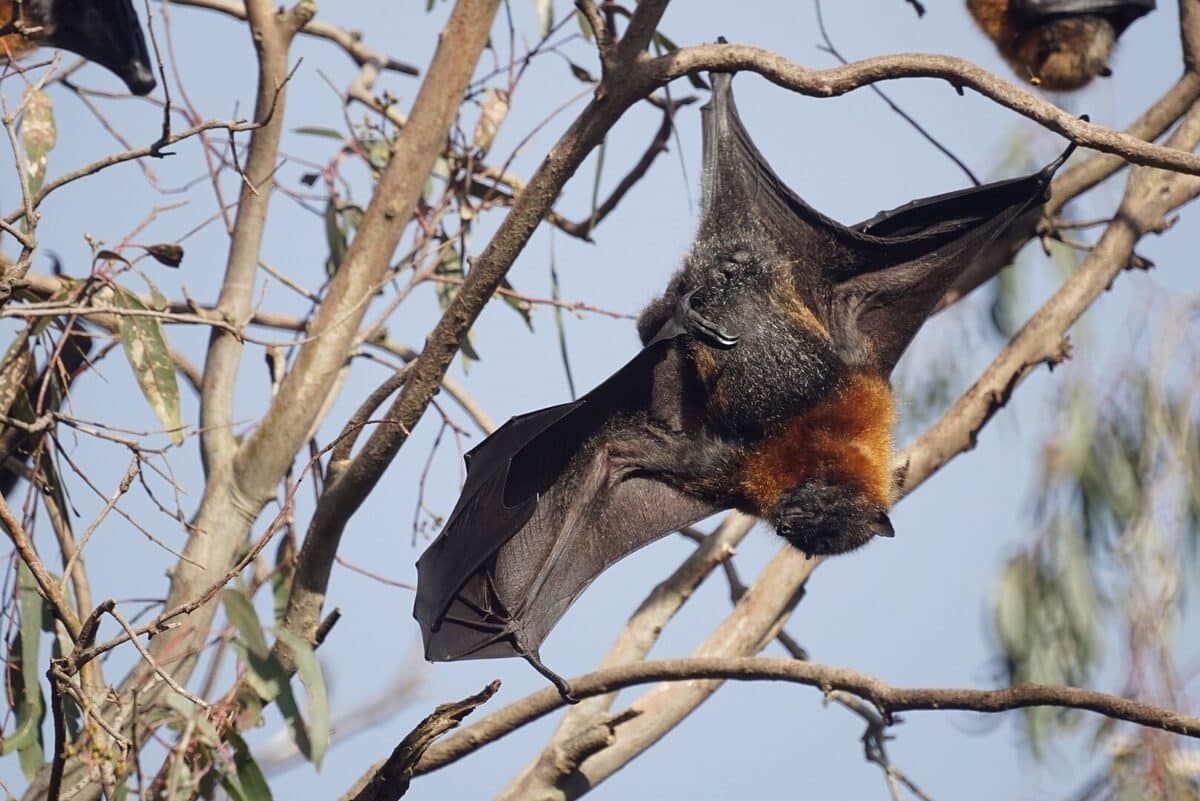
While primarily frugivorous, many fruit bats also hunt for insects during their nightly escapades. With keen echolocation skills, these bats navigate and locate their prey through sound waves, making them proficient nocturnal hunters adept at finding food where sight fails.
4. The Stealthy Mantis Shrimp

Despite inhabiting the dimly lit ocean floors, mantis shrimps are fiercely aggressive hunters. With incredibly complex eyes capable of detecting polarized light, they spot and capture prey with quick, powerful strikes using their uniquely adapted appendages, turning the murky depths into their hunting ground.
3. The Mysterious Deep-Sea Dragonfish
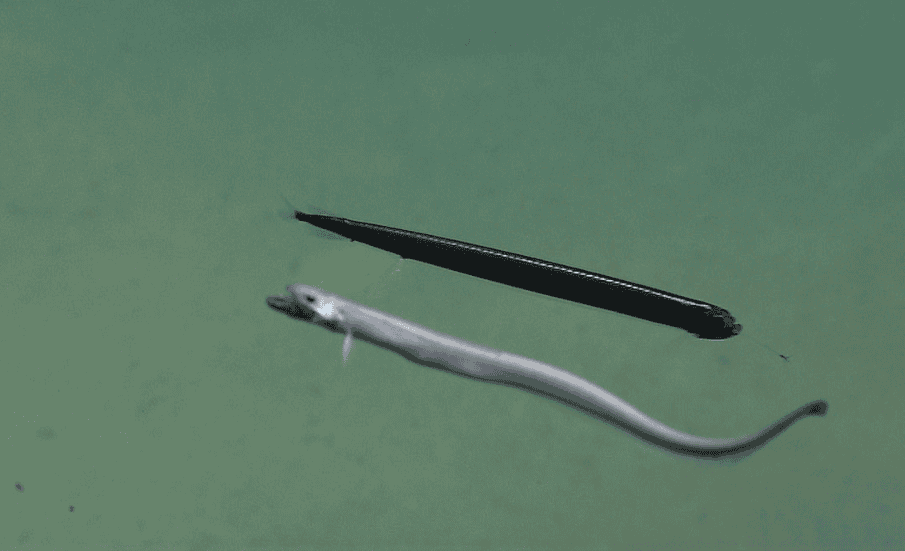
A denizen of the abyss, the dragonfish uses bioluminescence to illuminate unsuspecting prey. This predator has adapted to survive extreme pressure and darkness, with fang-like teeth and a flexible jaw that ensures any captured prey cannot escape.
2. The Skilled Tarantula

Unlike most spiders, tarantulas prefer nocturnal hunts. They rely on ground vibrations to detect prey, pouncing with speed and surprising accuracy. Their ability to paralyze prey with venomous bites makes them formidable hunters during the darkest hours.
1. The Efficient Lemur

One of Madagascar’s most agile nocturnal hunters, the mouse lemur, relies on keen senses of smell and sight to find insects and small reptiles. Under the cloak of night, these small primates demonstrate surprising agility, capturing prey with nimbleness and precision.
Conclusion:

In conclusion, the natural world is replete with predators who have adapted, evolved, and specialized to thrive in complete darkness. From the sky to the sea, each possesses unique adaptations that highlight the incredible diversity and ingenuity of nature. Understanding these predators can enrich our appreciation of the animal kingdom and the complexities of survival in various ecosystems.
- 8 Times Animals Helped Solve Crimes in the Most Unexpected Ways - August 20, 2025
- 10 Stunning Animals You Can See in the Great Barrier Reef - August 20, 2025
- 14 Loudest Birds in the U.S. - August 20, 2025

